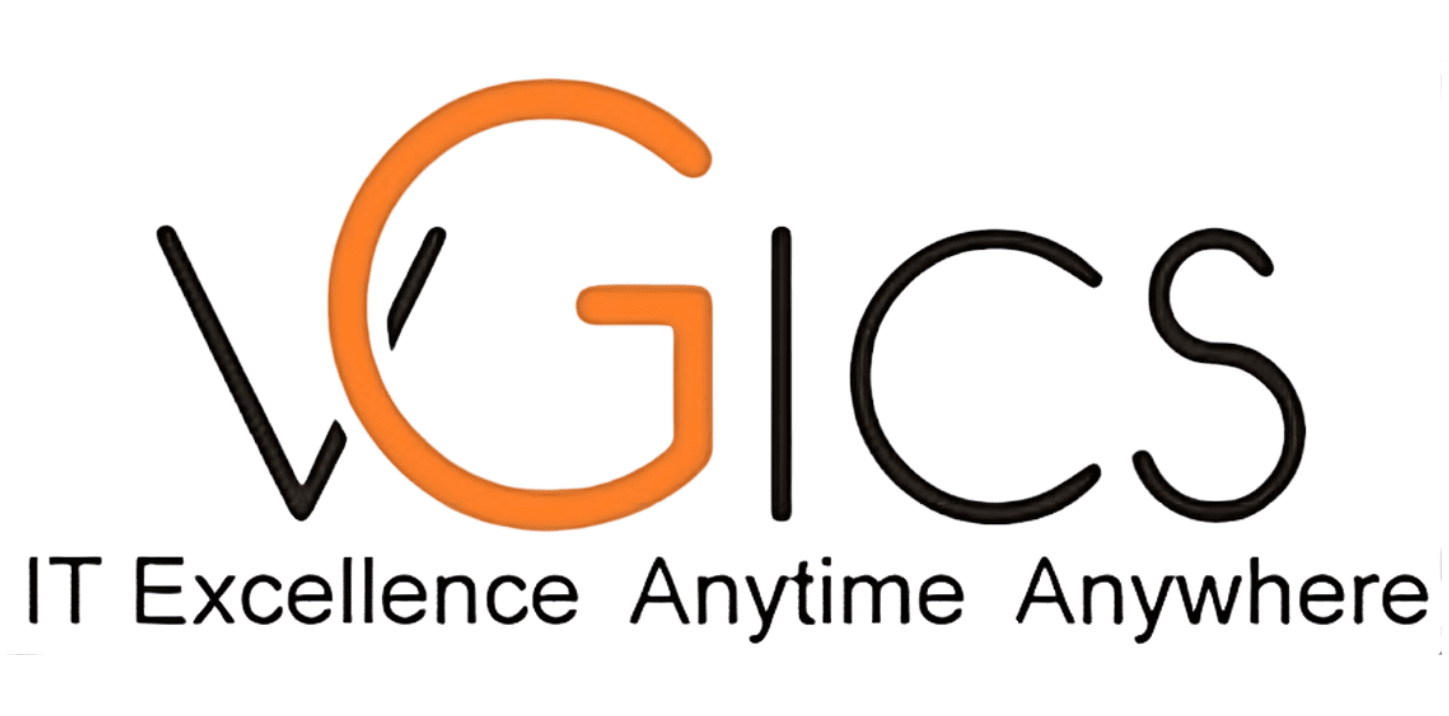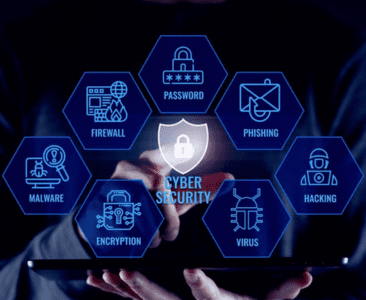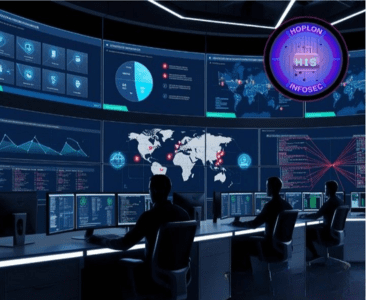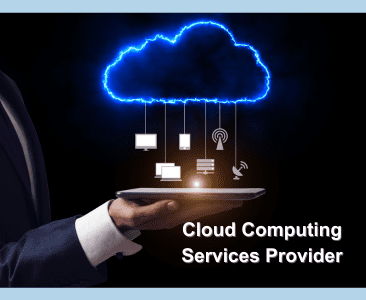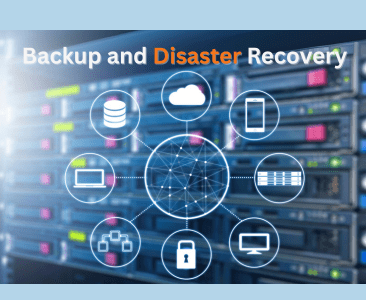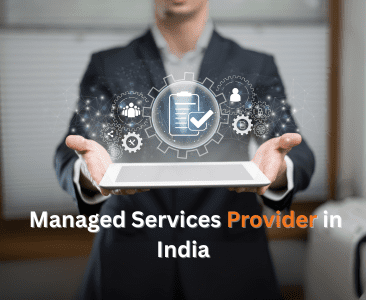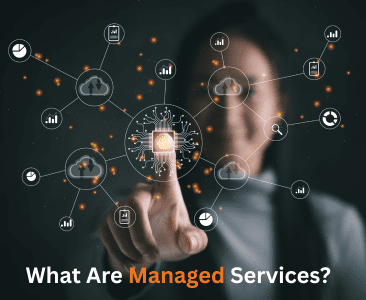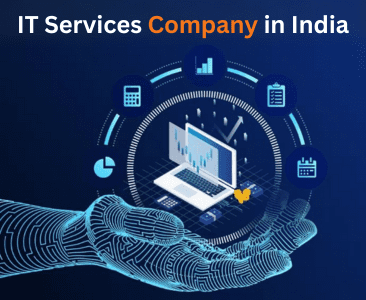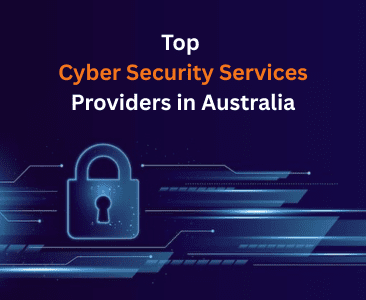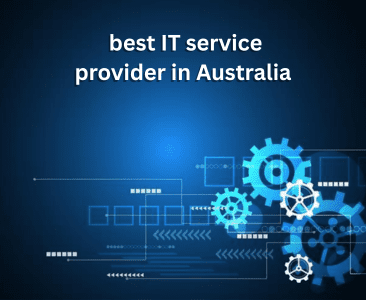In today’s digital landscape, where data breaches and cyber threats are rampant, ensuring robust information security is no longer optional. it’s essential. For small and medium-sized businesses (SMBs), achieving ISO 27001 Compliance can seem daunting, but it’s an achievable goal that brings significant advantages. This guide demystifies the process, breaking it down into simple, actionable steps tailored specifically for SMBs. Whether you’re a startup or an established enterprise with limited resources, understanding ISO 27001 Compliance will help you protect your assets, build customer trust, and stay ahead of regulatory demands.
ISO 27001 Compliance is the international standard for establishing, implementing, maintaining, and continually improving an Information Security Management System (ISMS). For SMBs, pursuing this certification means creating a framework that systematically manages risks to the confidentiality, integrity, and availability of information. But why should SMBs care about it? In an era where even small businesses handle sensitive customer data, compliance isn’t just about avoiding fines. it’s about survival and growth.
Understanding ISO 27001: The Basics
ISO 27001 is an international standard published by the International Organization for Standardization (ISO) and the International Electrotechnical Commission (IEC). It provides a framework for establishing, implementing, maintaining, and continually improving an ISMS. At its core, ISO 27001 Compliance focuses on identifying, managing, and reducing risks to information security.
Unlike some standards that prescribe specific technologies or tools, ISO 27001 Compliance is risk-based and flexible. It doesn’t dictate how you secure your data but rather ensures you have a systematic approach to doing so. The standard is divided into two main parts: the mandatory clauses (Clauses 4 through 10) and Annex A, which lists 93 controls across 14 domains, such as access control, cryptography, and supplier relationships.
For SMBs, this flexibility is a boon. You don’t need a massive IT department or expensive software to comply; instead, you can scale the requirements to fit your business size and needs. For instance, a small e-commerce store might prioritize controls around data encryption and access management, while a consulting firm could focus on physical security and employee training.
Why does this matter? In 2024 alone, cyberattacks cost businesses billions, with SMBs being prime targets due to perceived vulnerabilities. According to recent reports from cybersecurity firms like Verizon, over 40% of breaches involve small businesses. ISO 27001 compliance signals to stakeholders that you’re serious about security, potentially reducing insurance premiums and enhancing your competitive edge.

The Benefits of ISO 27001 for SMBs
Achieving ISO 27001 certification isn’t just about ticking boxes it’s about tangible advantages that can propel your business forward. Here are some key benefits tailored to SMBs:
- Enhanced Risk Management: By conducting a thorough risk assessment, you identify vulnerabilities before they become exploits. This proactive stance can prevent data breaches that could otherwise cripple a small operation.
- Customer Trust and Market Access: Many larger clients and government contracts require vendors to be ISO 27001 compliant. Certification can be your ticket to bidding on lucrative deals. For example, in the EU, alignment with standards like ISO 27001 helps meet GDPR requirements, avoiding hefty fines.
- Cost Savings: While there’s an upfront investment, compliance often leads to efficiencies. Better processes reduce downtime from incidents, and streamlined security can lower long-term costs. SMBs might save on reactive fixes by investing in preventive measures.
- Employee Awareness and Culture: Training staff on security protocols fosters a culture of vigilance. In SMBs, where employees often wear multiple hats, this can empower everyone to contribute to security.
- Scalability for Growth: As your business expands, an ISMS grows with you. What starts as a basic framework can evolve, supporting mergers, new markets, or digital transformations.
Real-world examples abound. A UK-based SMB in the fintech sector reported a 30% increase in client acquisitions post-certification, attributing it to the trust factor. Another case from Australia showed a manufacturing firm reducing incident response time by 50% after implementing ISO 27001 controls.
Of course, benefits aren’t automatic they stem from proper implementation. Let’s explore how to get there.
Preparing for Implementation
Before diving into implementation, preparation is crucial for success. Start with leadership buy-in. For SMBs, where decisions often rest with owners or a small team, securing commitment from the top is essential. Educate stakeholders on the value to ensure resources are allocated appropriately.
Next, conduct a gap analysis. This involves comparing your current security practices against the requirements. Tools like self-assessment checklists available from ISO or consultants can help. For SMBs, this step reveals quick wins, such as updating passwords or implementing basic firewalls, paving the way for full adoption.
Assemble a cross-functional team. Even in small organizations, involve representatives from IT, HR, finance, and operations. This ensures that security is integrated into all aspects of the business, not siloed in one department.
Budgeting is another key preparation aspect. While it doesn’t require extravagant spending, anticipate costs for training, audits, and possibly software. SMBs can minimize expenses by leveraging free resources like ISO annexes or online tutorials.
Lastly, set realistic timelines. Achieving certification typically takes 6-12 months for SMBs, depending on starting maturity. Break it into phases: planning, implementation, review, and certification.
Step-by-Step Guide to Achieving ISO 27001 Compliance
Now, let’s outline the practical steps for SMBs to attain ISO 27001 Compliance.
Step 1: Define the Scope of Your ISMS
ISO 27001 Compliance requires clearly defining what parts of your business are covered. For SMBs, start with critical areas like customer databases or cloud services. Document this scope to avoid overextending resources.
Step 2: Conduct a Risk Assessment
Identify assets, threats, and vulnerabilities. Use simple tools like spreadsheets to list risks, their likelihood, and potential impact. This risk assessment is the heart of ISO 27001 Compliance, guiding control selection.
Step 3: Develop a Risk Treatment Plan
Based on the assessment, decide how to handle each risk: avoid, mitigate, transfer, or accept. Select controls from ISO 27001’s Annex A, which includes 114 controls across 14 domains, such as access control and cryptography. SMBs can prioritize based on their specific needs.
Step 4: Implement Controls
Put the plan into action. This might involve training employees on security policies, installing antivirus software, or setting up incident response procedures. For ISO 27001 Compliance, ensure all controls are documented and auditable.
Step 5: Establish Policies and Procedures
Create a suite of documents, including an information security policy, acceptable use policy, and access control policy. These form the governance layer of ISO 27001 Compliance.
Step 6: Train and Raise Awareness
Employees are often the weakest link in security. Conduct regular training sessions to embed ISO 27001 Compliance principles. SMBs can use cost-effective methods like webinars or internal workshops.
Step 7: Monitor and Measure
Implement monitoring tools to track ISMS performance. Regular internal audits ensure ongoing ISO 27001 Compliance. Use metrics like incident counts or policy adherence rates.
Step 8: Conduct Internal Audits
Before external certification, perform internal audits to identify gaps. This step refines your approach to ISO 27001 Compliance.
Step 9: Management Review
Hold periodic reviews where leadership assesses the ISMS’s effectiveness, making adjustments as needed for sustained ISO 27001 Compliance.
Step 10: Seek Certification
Engage an accredited certification body for an external audit. Upon passing, you’ll receive your ISO 27001 Compliance certificate, valid for three years with annual surveillance audits.
Common Challenges for SMBs
SMBs face unique hurdles in pursuing ISO 27001 Compliance. Resource constraints top the list limited staff and budgets can slow progress. Solution: Phase implementation and seek external expertise without full-time hires.
Resistance to change is another issue. Employees might view new measures as bureaucratic. Overcome this through clear communication of benefits and involving staff in the process.
Maintaining documentation can be overwhelming. SMBs should use digital tools like shared drives or compliance software to streamline this.
Evolving threats require ongoing vigilance. It’s not a one-time event; commit to continuous improvement via regular updates.
Finally, integrating with existing systems. If your SMB uses legacy software, ensure compatibility during rollout.
Case Studies: SMBs Succeeding
Consider a fictional but realistic example: Tech Start, a 50-employee software firm. Facing client demands for security assurances, they pursued the standard. Starting with a gap analysis, they identified risks in remote access. Implementing multi-factor authentication and employee training, they achieved certification in nine months. Post-certification, they secured a major contract, boosting revenue by 30%.
Another case: Health Hub, a small medical billing company. Data privacy was paramount. Through structured security measures, they fortified patient data handling, reducing breach risks. The certification enhanced their market position, attracting more clients.
These stories illustrate that ISO 27001 Compliance is feasible and rewarding for SMBs.
Tools and Resources
SMBs don’t have to go it alone. Free resources include the ISO 27001 standard overview (purchasable for details), templates from sites like IT Governance, and forums like LinkedIn groups. Software like ISMS online offers affordable platforms for management.
Consultants can provide tailored guidance, especially for audits. Remember, while tools help, the essence lies in commitment.
Maintaining Long-Term
Certification is just the beginning. Sustain efforts through annual reviews, employee refreshers, and adapting to new risks like AI-driven threats. Foster a security culture where everyone contributes.
Regularly update your risk assessment to reflect business changes, ensuring enduring protection.
Conclusion
Embarking on ISO 27001 Compliance transforms how SMBs handle information security, turning potential vulnerabilities into strengths. By following this simple guide, you can navigate the process efficiently, reaping benefits like enhanced trust, efficiency, and growth.
Ready to take the next step in your journey? Contact vGics Global today at vgicsglobal.com for expert consulting services tailored to SMBs. Our team can help you achieve and maintain ISO 27001 Compliance with minimal hassle. Visit vgicsglobal.com now to schedule a free consultation and secure your business’s future.
